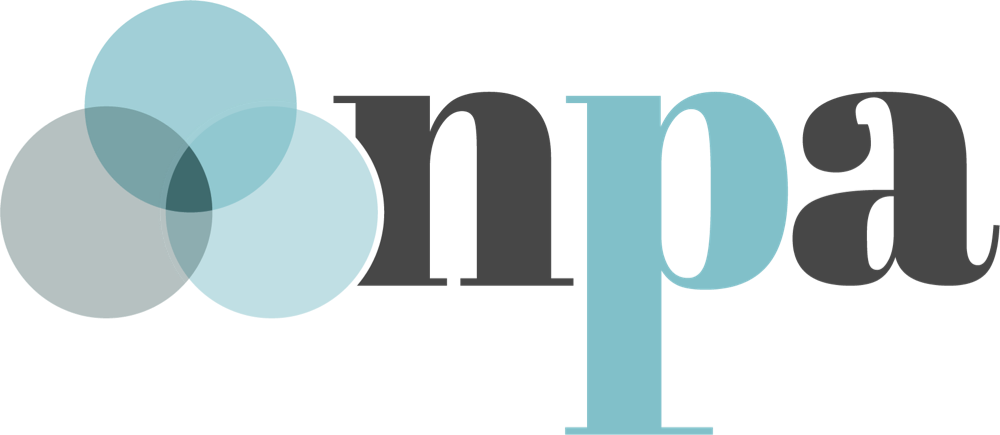The news products of tomorrow and how we can use futurism to make them better
This article was produced as part of the NPA Summit 2022 student newsroom. Learn more about this year’s students and the event.
Let’s fast forward to 2035.
What will the news industry look like? Will readers get their news through virtual reality? How will publications evolve? What technologies might be mainstream by that point?
During the News Product Alliance Summit, Mercedes Baltazar, a managing editor at Meraki Mexico, and Stephen Harding, a senior product manager at Gannett, introduced attendees to a tool that might just help them see the future: the Futures Wheel.“Welcome everybody,” Baltazar said. “And yes, we are really excited to time travel a little bit with every one of you.”
The Futures Wheel is a tool that can be used to show the potential side effects of trends down the road, show complex interrelationships, aid in group brainstorming and help newsrooms prevent being blindsided by surprises, the presenters said.
The Futures Wheel is a model used by futurists to identify primary, secondary and tertiary consequences of trends, events, products, emerging issues and future possible decisions, according to the Millenium Project.
This tool is also helpful in looking for different tactics and strategies to change the outcome of certain events, help people think about far-reaching consequences and approaches to decision making and help keep people from being blindsided by sudden changes.
To create a wheel, you start with the trend or event and write it in the center of the page. From there, the primary impacts or consequences are identified and written around that central idea. Next, the secondary impacts are added by forking off each of the primary impacts.
A blank Futures Wheel. (Illustration: Andreas Neudecker)
More and more rings are created until the outer circle of the Futures Wheel shows the indirect consequences of the direct results. Once this is completed, a hypothetical picture of the implications of the event or trend should be clear.
During the News Product Alliance session, the Future’s Wheel was used to attempt to predict the future of news products depending on different scenarios.
For example, one of the groups in this session was assigned a dystopian future where there is a lack of critical thinking and media literacy.
During the exercise, that group identified the direct results of such a future with an increase in misinformation, mistrust, increased acceptance of violence, polarization and lack of empathy.
But even though the situation started out dire, the outer circle shifted to include increased activism in niche media outlets and individual agencies.
The group concluded that the probability of these events occurring, both positive and negative, isn’t that far off from the attitudes seen today in the media — and that these outcomes might be very possible in the future. Even though the exercise started off from a fictional standpoint, the group drafted real-world solutions.
When completing a Futures Wheel, there are several valuable takeaways that should be considered, the presenters said. Which results have the greatest positive impact and which have the greatest negative impact? What does the news look like in these scenarios? Who is our future audience?
Product lessons from using AI to deliver news experiences
The future will also bring more sophisticated technology stacks for newsrooms.
During another session at the NPA Summit, presenters outlined how their organizations are already using artificial intelligence to optimize their readers’ experiences and make their workflows more equitable.
A quartet of journalists, Delfina Arambillet from La Nación, Steve Dorsey from Gannett and USA TODAY Network, Jessica Davis from USA TODAY Network and Danny Sanchez from USA TODAY Network, brought the lessons they’ve learned when using AI in different countries to the 2022 News Product Alliance Summit.
Artificial intelligence can help users find relevant news, recommend the next best action, grow subscriptions through dynamic paywalls, create social personalization, improve workflows and automating processes
An example came from London, where a multidisciplinary team of six media outlets came together to consider the following question: “How might we leverage the power of AI to understand, identify, and mitigate newsroom biases?”
Originating from the 2020 JournalismAI Collab, a group of journalists from Europe, Asia and Latin America conducted an experiment that helps to identify gender bias and gender gaps in media. They created a tool that uses an image recognition algorithm to conduct an audit on 28,000 photos from various media outlets to check how often women are represented.
In some of the team’s initial findings, the average percentage of women represented in images used by news media was less than 28%.
The group also used machine learning to see how often women were quoted in articles. According to the team’s analysis, women are only quoted around 1 in 5 times.
“Failure to represent and report on different people, points of view, and lived realities feeds the social divisions we see around us all too often,” the team wrote in a report. “If the moral argument isn’t enough, publishers can build a business case for inclusivity.”
We can make the future better if we can imagine what it might look like.



